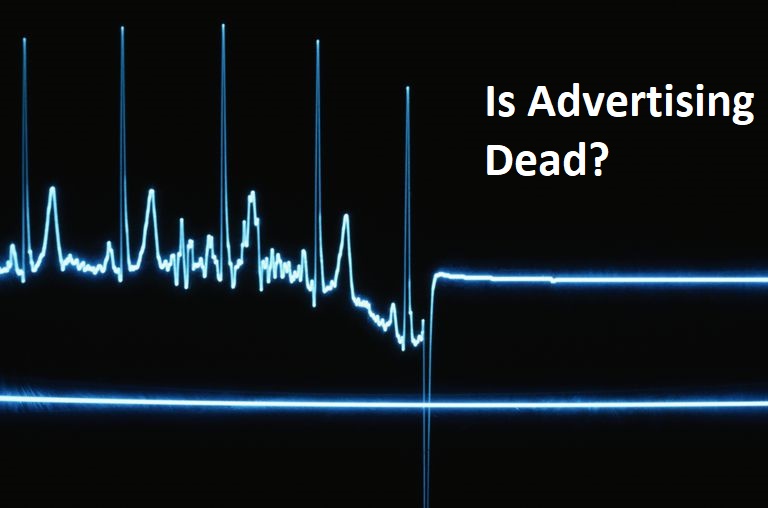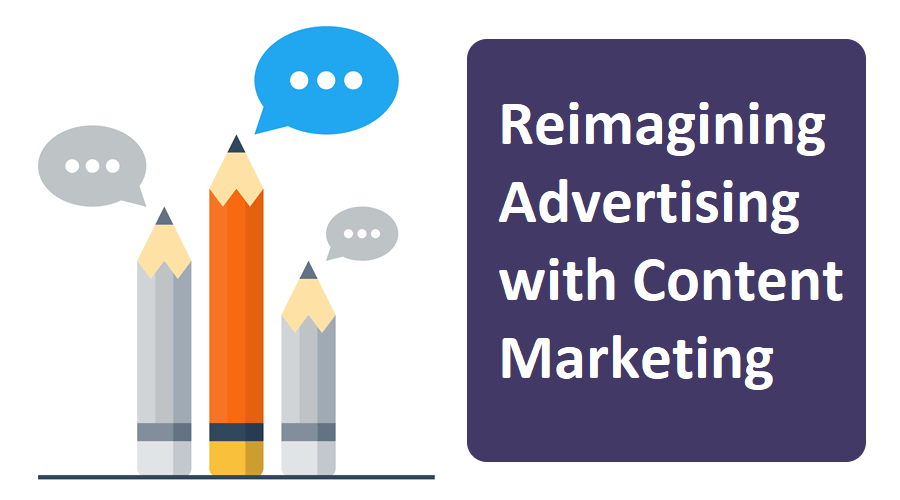Description: Advertising is dead. We here serious marketing thought leaders saying the same these days. Is it though? We take a closer look.
Is Advertising Dead?

Indian kids in the 90s and the 00s would remember watching movies on Set Max. Every Sunday at 8 PM, Set Max would show a popular movie, probably one released only recently. Whenever a break would come, all the people watching would moan and sigh. Set Max used to have really long ad breaks, roughly 5-10 minutes long. The whole house, if watching a movie on Set Max, would disperse to do other chores. Even an interval in a movie theatre was shorter than a break on Set Max.
Max was not alone. Many Indian channels followed the trend of having long ad segments between content. Since users had no other medium to watch a movie at the time, nobody could complain.
This is advertising, a time for an audience to moan and shake their heads. All the bad press advertising gets now is down to long ad breaks between content.
Everyone knows the irritation of watching a cricket match and seeing the same set of ads again and again at the end of every over.
This is advertising, irritating viewers with the same content again and again and training them to close their ears when an ad comes.
Advertising has earned the bad rap it gets. In a contained manner, advertising can be very powerful. However, as a constant interruption in the content viewing experience, ads become the source of viewer frustration.
The increased viewership of ad-free subscription-based OTT platforms suggests how users are taking the opportunity to run away from the traditional medium. Even broadcasters who showed ads are pushing their content on streaming platforms.
Is advertising dead? No, not yet. The concept of advertising is still worth preserving. Customers and businesses need to have a dialogue. However, the concept of incessant interruption marketing is officially dead and buried, hopefully.
The World is Content and Content is the World

Advertising has taken a backseat and allowed content to instead take center stage. This is something you may have heard being said, but what does it really mean?
Ads in the old days were functional. They were direct, unimaginative, unrelatable, and too abstract. There were, of course, some exceptions. Some brands were known to invest thought and effort into creating ads.
When someone says content is now a priority, this doesn’t mean that advertising is not. Instead, the content of an ad is now a very important part of the puzzle. Users do not necessarily hate all ads. They only hate ads that are not relevant or do not have a reasonable narrative.
Ads have become the short films of this era. In 30 seconds, creators have to create ad content that conveys the meaning and concept of a product or brand in an entertaining and convincing manner.
To accomplish this, brands have begun turning to professional creators and businesses who know how to connect with an audience and generate engagement.
Content is again one part of the puzzle. Technology is the other part, and it is already playing a role in keeping advertising alive.
Do check: Secrets to create valuable content
Technology Saving Advertising from Irrelevancy

Let’s go back to the example of watching ads on Set Max.
The worst part of watching ads for such a long time was that the ads were in no way relevant to us. There was no way for advertisers to make sure the ads they wanted to show were reaching a relevant audience.
In short, there was no way to target an audience to a specific audience.
This hurt both viewers and advertisers. Since the ads weren’t relevant to them, viewers would grow frustrated. Advertisers were hurt because a large part of their budget was being blown away on reaching people who would never buy the product.
This problem of targeting was solved with the arrival of digital marketing.
It may seem like a normal thing now, but the ability to reach only a specific segment of an audience seemed alien at the time. Platforms like Google AdWords, Facebook, and other click ad platforms afforded businesses the chance to reach very specific segments of the audience that could be converted easily.
Furthermore, advertisers could run these digital ad campaigns at a much lower price than they would run TV ad and newspaper campaigns.
Advertising, in no uncertain terms, was saved by technology that gave advertisers the ability to reach a targeted segment of the audience.
Reimagining Advertising with Content Marketing

Advertising is alive. It still works to a great degree, especially on digital platforms that specialize in reaching targeted audiences.
The future of advertising needs more than just a set of targeting features to stay alive for a long time.
This is where the concept of content marketing comes into the picture.
By definition, content marketing is the usage of content to influence the buying decisions of someone part of the target audience. The only way people can be convinced to use a product or pick a service or love a brand is through content. Companies know this, which is why they liaise with external marketing agencies and build their content teams.
What is Bata? A normal Indian person would say Bata makes and sells shoes.
What is Nike? A normal Indian won’t jump to calling Nike a shoe manufacturer, which it technically is. Why is there a hesitance to call Nike a shoe and apparel manufacturer?
This is because Nike, through its relentless marketing campaigns and ad content has managed to make people think that they are above being a shoe retailer or manufacturer. Nike is seen as a brand that honors athletes. It serves a more noble purpose than selling shoes and making profits.
This is content marketing. This is playing on the perceptions and behavior patterns of people to sell products and instigate brand loyalty.
In order to take advertising to the next level, content marketing has to become the way forward.
Do check: Future of Digital Marketing
In Conclusion
In conclusion, this article discusses a hot topic in the marketing space. While advertising has not died yet, it needs to become a more content-oriented practice to survive in the future.
About the Author– Gaurav Heera is a well-known digital marketer and training professional with many years of experience in the field. He currently heads work at DelhiCourses.in, an institute best known for its digital marketing training in Delhi. The institute also offers courses in ethical hacking, business analytics, and other fields.

Delhi Courses Academy is a leading institute offering the best digital marketing course in Delhi, known for its practical training, affordable fees, and industry-focused curriculum. With 15+ certifications, 100% placement assistance, and hands-on projects, it prepares students for real-world challenges.

